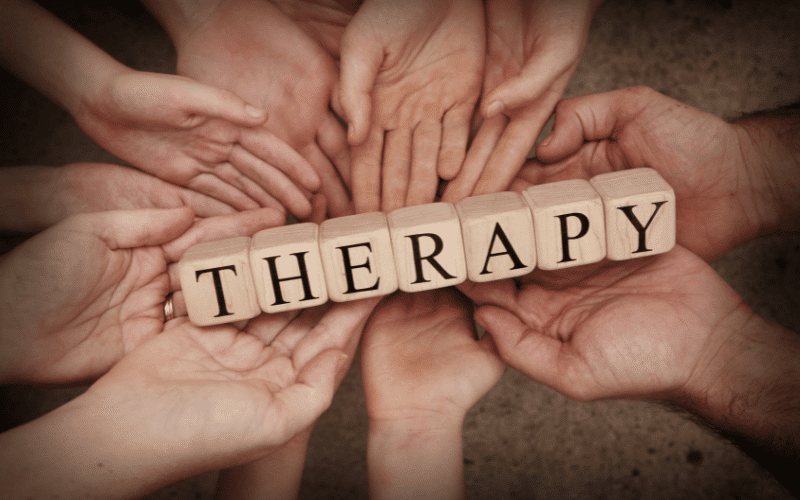Fact 5. Rehabilitation and Therapy: Finding the Path to Improvement

The primary approach to managing and improving Expressive Aphasia involves speech and language therapy. Led by a trained speech-language pathologist, therapy is designed to help the person regain as much language ability as possible and learn to communicate effectively despite the language difficulties.
One key therapeutic approach is Constraint-Induced Language Therapy (CILT), which pushes individuals to use spoken language, restricting other forms of communication like gestures. It’s based on the principle of “use it or lose it,” aiming to promote speech production through intensive practice.
Another widely used method is Melodic Intonation Therapy (MIT), leveraging the observation that many individuals with aphasia can sing words they cannot speak. By pairing speech with simple melodies, this approach helps to promote verbal output.
Technological advancements have also played a role in aphasia rehabilitation. Digital tools and apps can offer personalized language exercises, aiding individuals in practicing speech and language skills at their own pace. They also provide a platform for virtual communication, helping those with aphasia stay connected with their communities. (5)